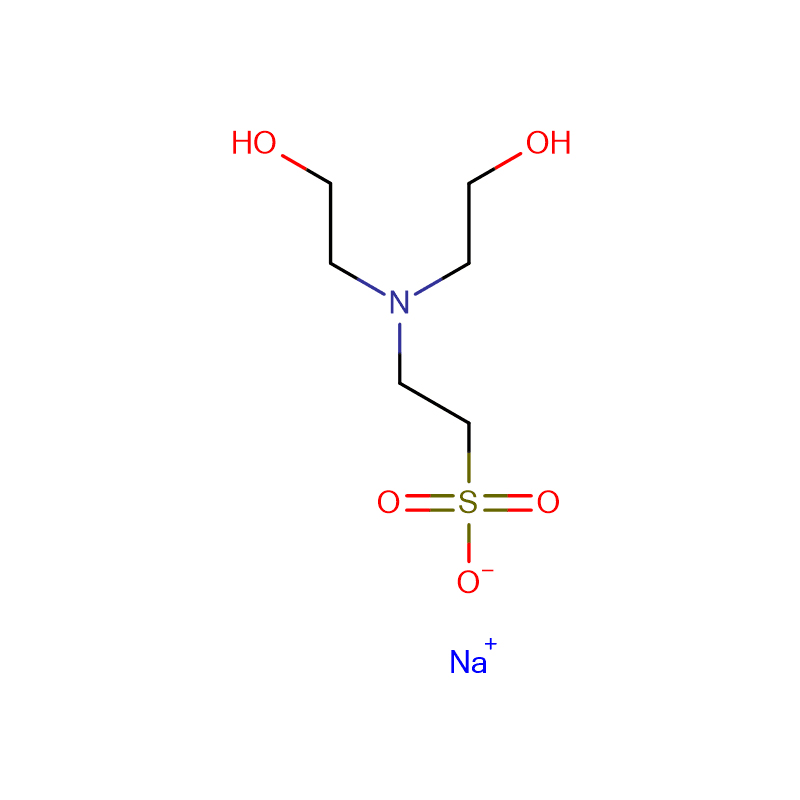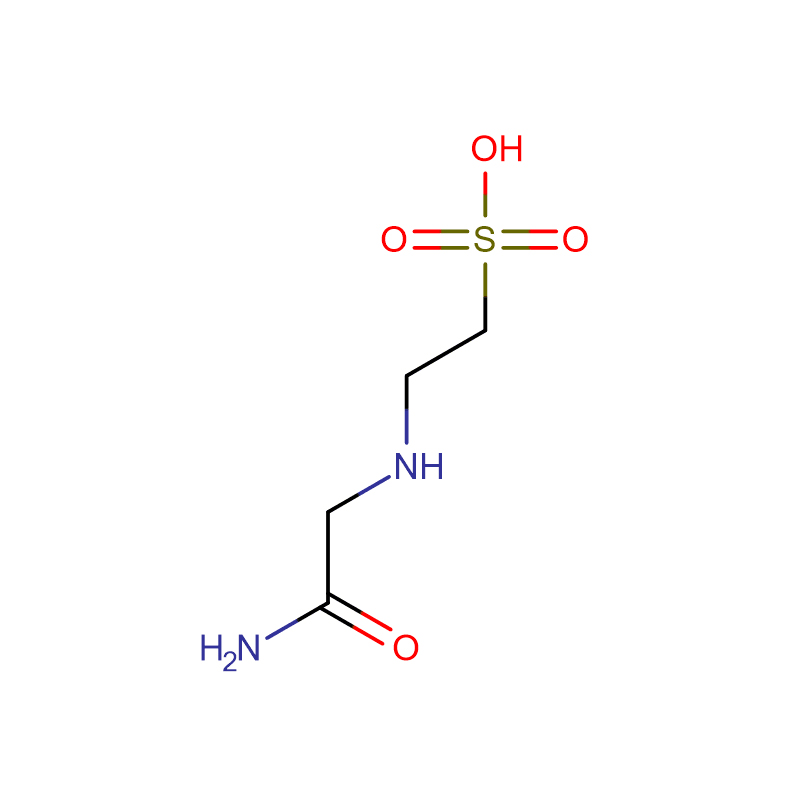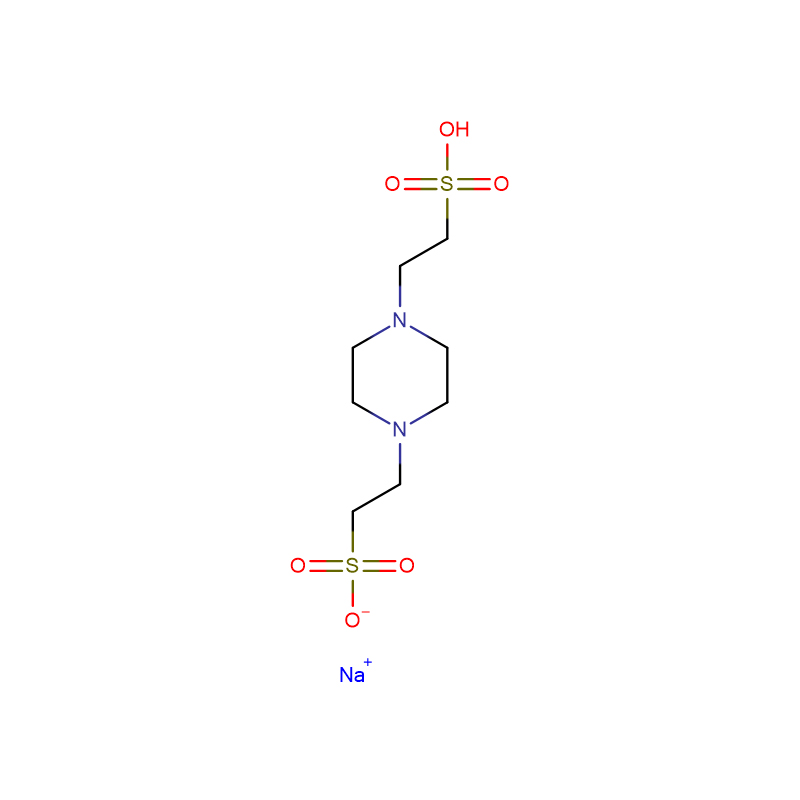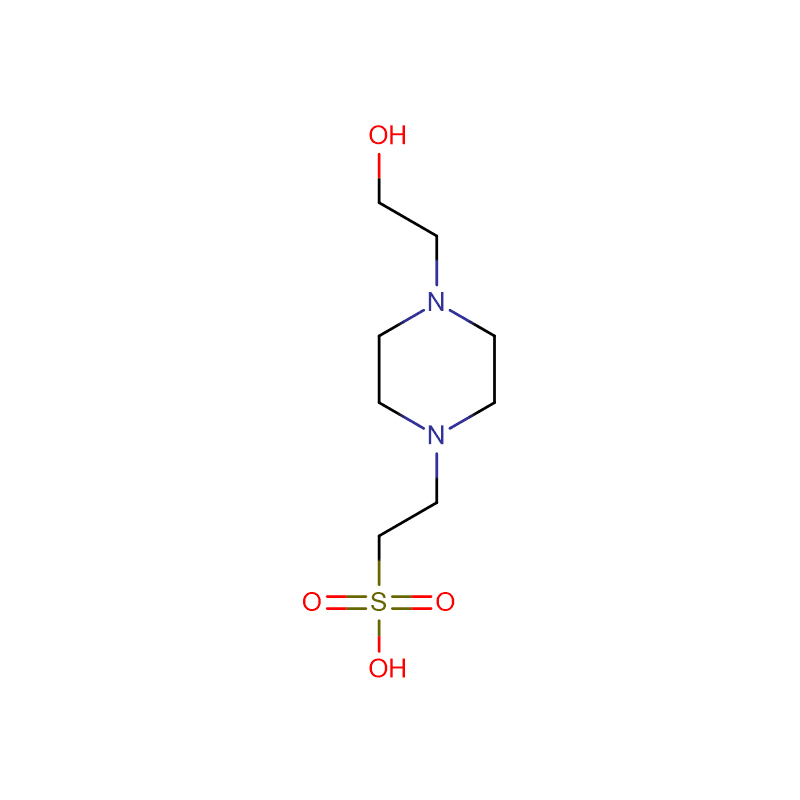Bicine Cas: 150-25-4 White crystalline powder 98% N N-DI(HYDROXYETHYL)-B-AMINOACETIC ACID
| Catalog Number | XD90110 |
|
Product Name |
Bicine |
|
CAS |
150-25-4 |
|
Molecular Formula |
C6H17NO4 |
|
Molecular Weight |
167.2035 |
| Storage Details | Ambient |
|
Harmonized Tariff Code |
29225000 |
Product Specification
| Loss on Drying | <2.0% |
| Assay | 98 - 101% |
| Cl | <0.1% |
| Appearance | White crystalline powder |
| 260nm | <0.04% |
| Absorbance @ 280nm | <0.03% |
Bicine is a zwitterionic amino acid buffer, active in the pH 7.6-9.0 range (pKa of 8.26 at 25°C). Recommended buffer for low temperature biochemical work. Bicine is used for the preparation of stable substrate solution for serum guanase determination. The use of bicine in a thin layer ion exchange chromatography method for protein resolution has been published. Bicine has been utilized in peptide and protein crystallization. A kinetic study of a quaternary transition-state analogue complex of creatine kinase used bicine in the reaction buffer. A multiphasic buffer system for SDS-PAGE of proteins and peptides that incorporates bicine has been described.
Single alveolar walls subjected to length-tension studies in saline and Bicine (0.2 M) undergo a progressive decay in tissue tension (TTD). We have examined the effect of different solutions on this TTD and looked for corresponding changes in the ultrastructure. Lung parenchyma was dissected to single alveolar walls (30 X 30 X 150 microns) in phosphate-buffered saline (0.15 M). Transferred to a length-tension bath, the tissue was immersed in Bicine, saline, fortified Hank's solution, 0.25% Alcian blue in saline, or a sodium dodecyl sulfate solution, for variable periods. Cycled through a given extension with peak force measured over time, these same tissues were fixed in buffered glutaraldehyde/tannic acid and processed for electron microscopy. Single alveolar walls immersed in saline or Bicine showed a progressive TTD. Vacuoles or spaces appeared in the interstitium which with cellular disorganization progressed with the TTD. Seen within 0.3 h, the changes were well advanced at 0.6 h. In sodium dodecyl sulfate (70 mM), however, there was no TTD and structurally there was no interstitium, with only basement membranes and fibrous proteins remaining. In fortified Hank's solution or 0.25% Alcian blue the interstitial matrix, cell morphology and tissue tension were well preserved for 1 h. This study suggest that leaching of the interstitial matrix occurs in saline or Bicine, and an intact matrix is essential for the preservation of tissue tension.








